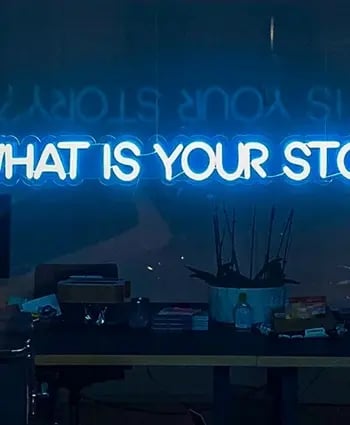Essential Equipment for Video Production
In the realm of video production, the saying "the devil is in the detail" couldn’t be more accurate. As storytellers, our narratives take life not just through the stories we craft but also through the equipment we employ. This comprehensive guide delves deep into the essential apparatuses that every video producer should be familiar with.
1. Cameras: The Heart of Visual Storytelling
At the core of any video production is the camera—the device that captures your vision. While smartphones have evolved, dedicated cameras remain unparalleled.
- DSLRs and Mirrorless Cameras: Renowned for their compact designs and high-quality output, both these camera types offer stunning video quality. Interchangeable lenses mean you can adapt to any scene, while inbuilt stabilisation ensures your shots remain smooth. Examples include the Canon EOS series or the Sony Alpha range.
- Professional Camcorders: These powerhouses, such as the Canon XF705, come loaded with video-centric features, like longer record times, XLR audio inputs, and ND filters. Their ergonomic design is tailored for prolonged shooting, making them invaluable for event filming or documentary work.
2. Lenses: Framing Perspectives
Lenses dictate how your story is framed and perceived. A good lens can dramatically enhance the quality of your footage. There are various types to choose from, including wide-angle, telephoto, and prime lenses. Each has its unique characteristics and purposes. For instance, a wide-angle lens is perfect for capturing expansive landscapes, while a prime lens often provides sharper images and is excellent for interviews or portrait shots. Do some research, experiment with different types, and find the ones that best suit your shooting style.
3. Tripods and Stabilisers
Shaky footage can quickly detract from the professionalism of your video. Tripods provide stability and are essential for static shots. However, if you're on the move, a stabiliser or gimbal can be invaluable. These devices compensate for camera shake, offering smooth, cinematic movements, especially when walking or running. Investing in a robust tripod and a reliable stabiliser ensures your footage remains steady and professional-looking, irrespective of the conditions.
4. Microphones and Audio Equipment
Audio quality is just as crucial as video quality. Poor sound can make even the most visually stunning video seem amateurish. There's a range of microphones available, from lavalier mics (perfect for interviews) to shotgun mics (great for capturing directional sound). Additionally, consider investing in an external audio recorder for better sound quality and post-production flexibility. Don't forget accessories like windshields for outdoor recording – they can greatly reduce unwanted noise.
5. Lighting
Good lighting can transform a scene, adding depth, mood, and clarity. Whether you're shooting indoors or outdoors, understanding how to use and manipulate light is crucial. Basic lighting kits typically include key lights, fill lights, and backlights. Softboxes and reflectors can also be used to diffuse or redirect light. Remember, the goal isn't always about having the brightest scene; it's about crafting the right atmosphere and ensuring your subjects are well-lit and clear.
6. Editing Software
Once your footage is captured, the magic often happens in post-production. Editing software allows you to cut, arrange, and refine your video, adding effects, transitions, and colour grading. Popular options include Adobe Premiere Pro, Final Cut Pro, and DaVinci Resolve. While these programs come with a learning curve, mastering them is essential for producing polished, professional videos.
7. External Monitors
While many cameras come with built-in monitors, having an external monitor can provide a clearer, larger view of your footage as you shoot. This can be especially useful for checking focus, composition, and exposure in real-time. Look for monitors that offer features like waveform, histogram, and focus peaking.
To sum up...
Venturing into video production requires more than just a camera. It's a blend of the right tools, knowledge, and passion. Investing in quality equipment is essential, but so is understanding how to use them to their fullest potential. As the saying goes, "The best equipment is the one you know how to use." So, equip yourself not just with tools but with knowledge and skills, and you'll be well on your way to producing exceptional videos.
Written by James Bryant Video strategist and co-founder for Venture Videos — a full-service video production agency that specialises in producing creative videos & campaigns that get real results.









.webp?width=350&height=425&name=ezgif.com-gif-maker%20(63).webp)
